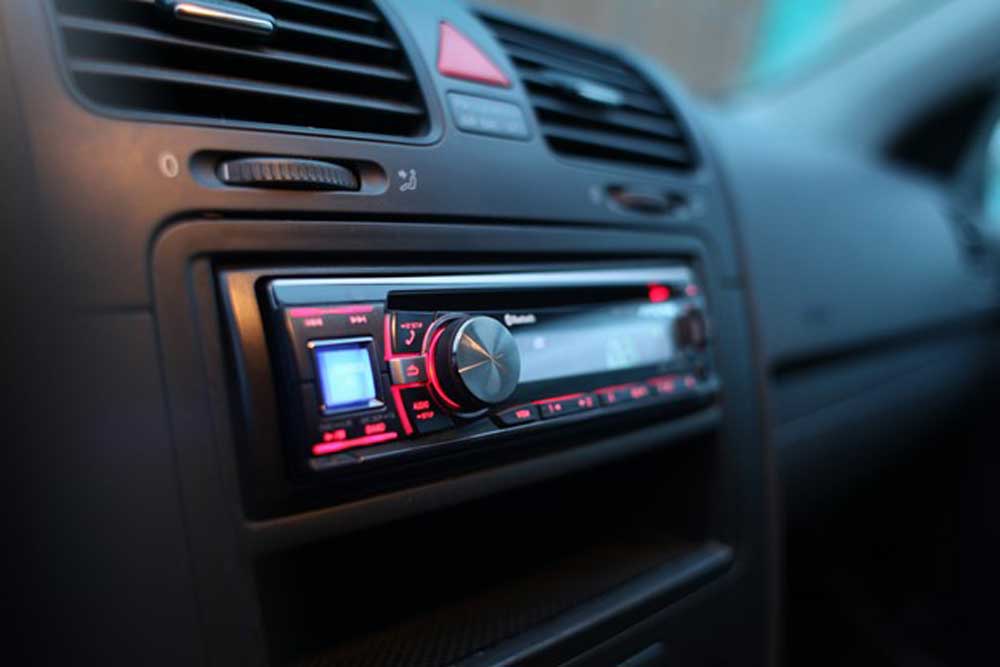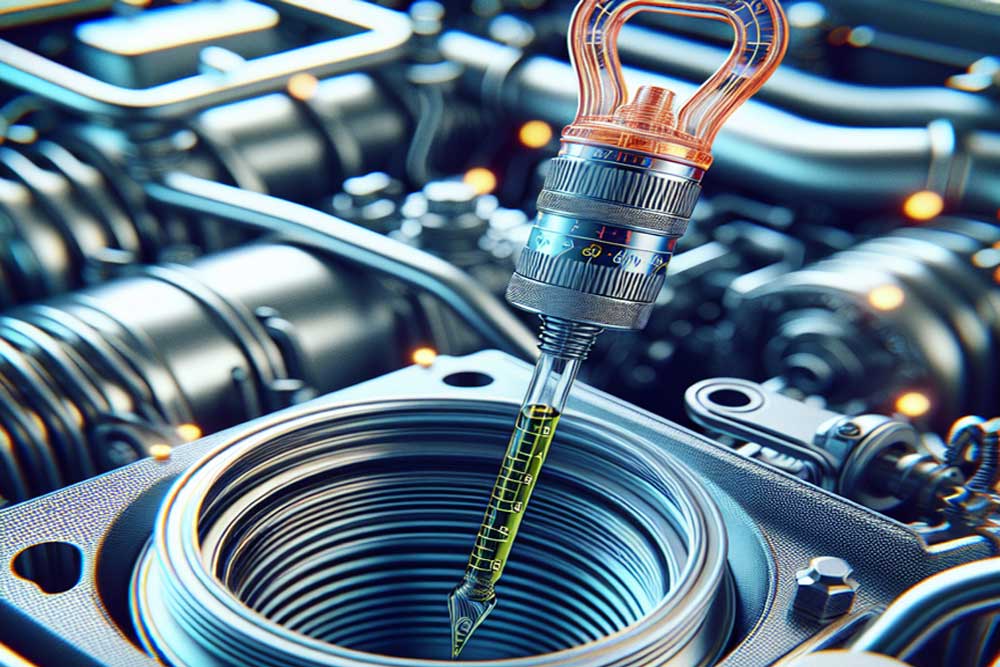If you’ve been in the market for a new loudspeaker, you may have come across the term “compression driver.” But what is a compression driver?
In short, it’s a type of speaker that uses a small diaphragm and a powerful motor to create high sound pressure levels. But how does it work? Keep reading to find out!
What is a compression driver?
A compression driver is a loudspeaker component used to convert electrical signals into sound waves. It is typically found in high-end PA systems and provides crisp, clear sound for vocals or instruments.
The compression driver consists of a diaphragm, voice coil, and magnet. The diaphragm attaches to the voice coil and wraps around the magnet. When electric current passes through the voice coil, it creates a magnetic field. This magnetic field interacts with the permanent magnets on the driver housing, causing the diaphragm to vibrate and produce sound waves.
They are available in different sizes and can either be wired or wireless. They are commonly used in conjunction with a horn to help direct the sound waves towards the audience. These are known as horn-loaded compression drivers.
Compression drivers are an important component of high-end PA systems and can provide crisp, clear sound for vocals or instruments. They are available in different sizes and can be wired or wireless.
When used in conjunction with a horn, they can help direct the sound waves towards the audience. For the best results, it is essential to match the compression driver size to the horn size.
Compression Driver vs. Tweeter: What Is the Difference?
A tweeter is a type of loudspeaker that reproduces high-frequency sounds. They are typically small and cone-shaped and are used in conjunction with other types of loudspeakers to create a complete speaker system.
Tweeters are usually placed in the middle of the speaker cabinet, either at the top or bottom, and are sometimes accompanied by a midrange driver.
Compression drivers, on the other hand, reproduce higher frequencies than tweeters. They are generally larger than tweeters and use a horn to direct the sound waves into the air.
This design helps to increase the sound pressure levels (SPL) and improve the overall sound quality. Compression drivers are often used in PA systems and outdoor concerts, where high volumes are essential.
So, what’s the difference between a tweeter and a compression driver? Well, tweeters are typically used for reproducing midrange and high-frequency sounds, while drivers are designed specifically for higher frequencies.
Compression drivers also have a higher sound pressure level than tweeters, making them better suited for larger venues. If you’re looking for a loudspeaker that can handle high volumes and reproduce crystal-clear highs, then you’ll want to use a compression driver.
Get Your Car Audio Speaker Booming
That’s all for today! We hope you enjoyed reading this article on compression driver products. Be sure to check back often, as we are constantly publishing new and informative content.
Did you like this article? If so, please share it with your friends and followers. We appreciate your support!











